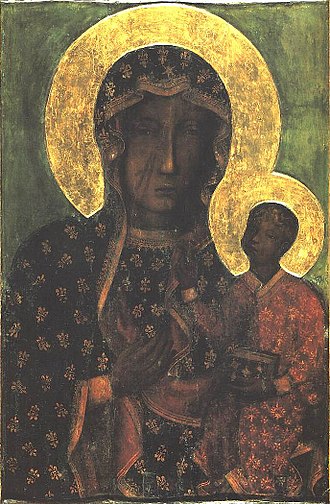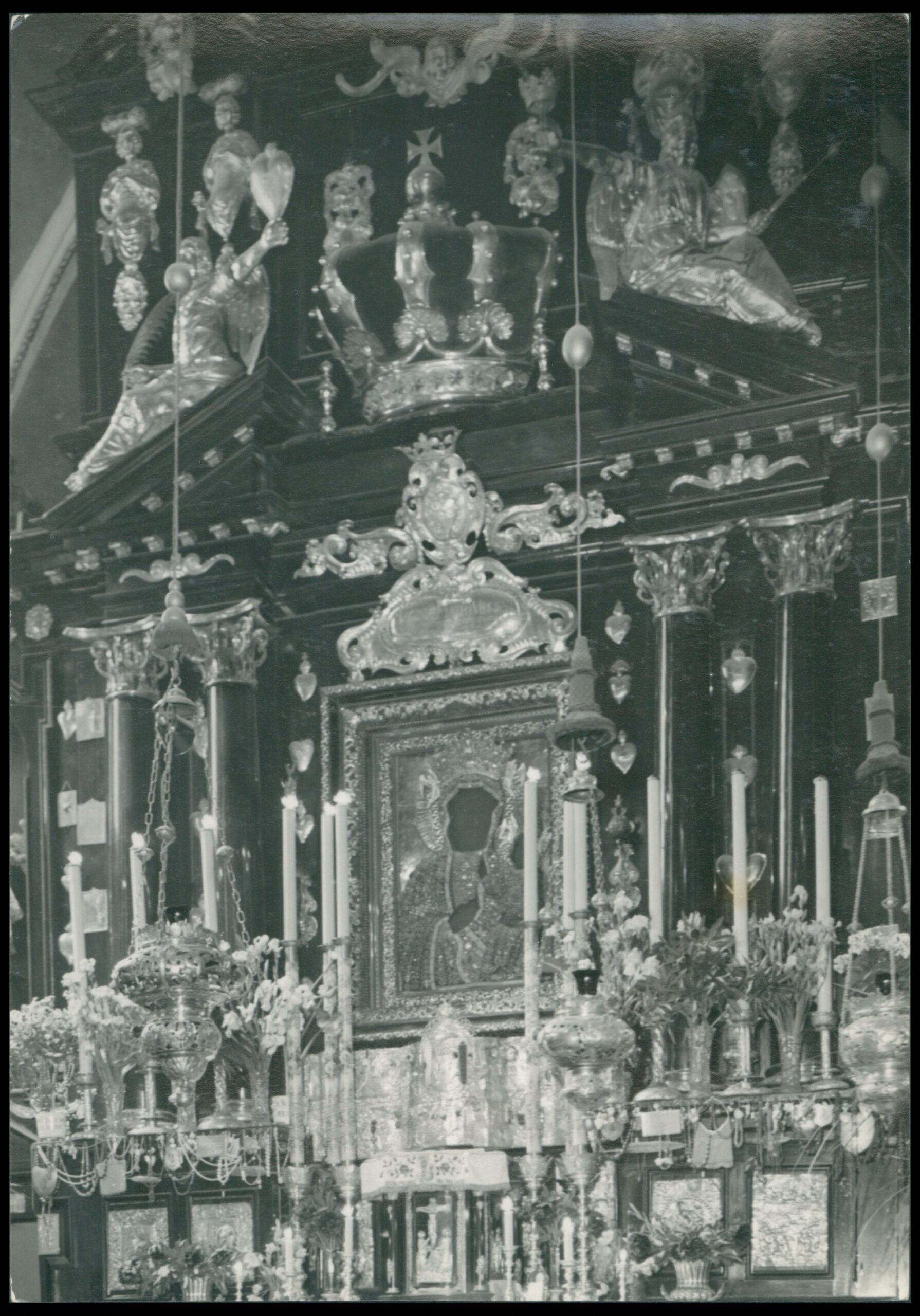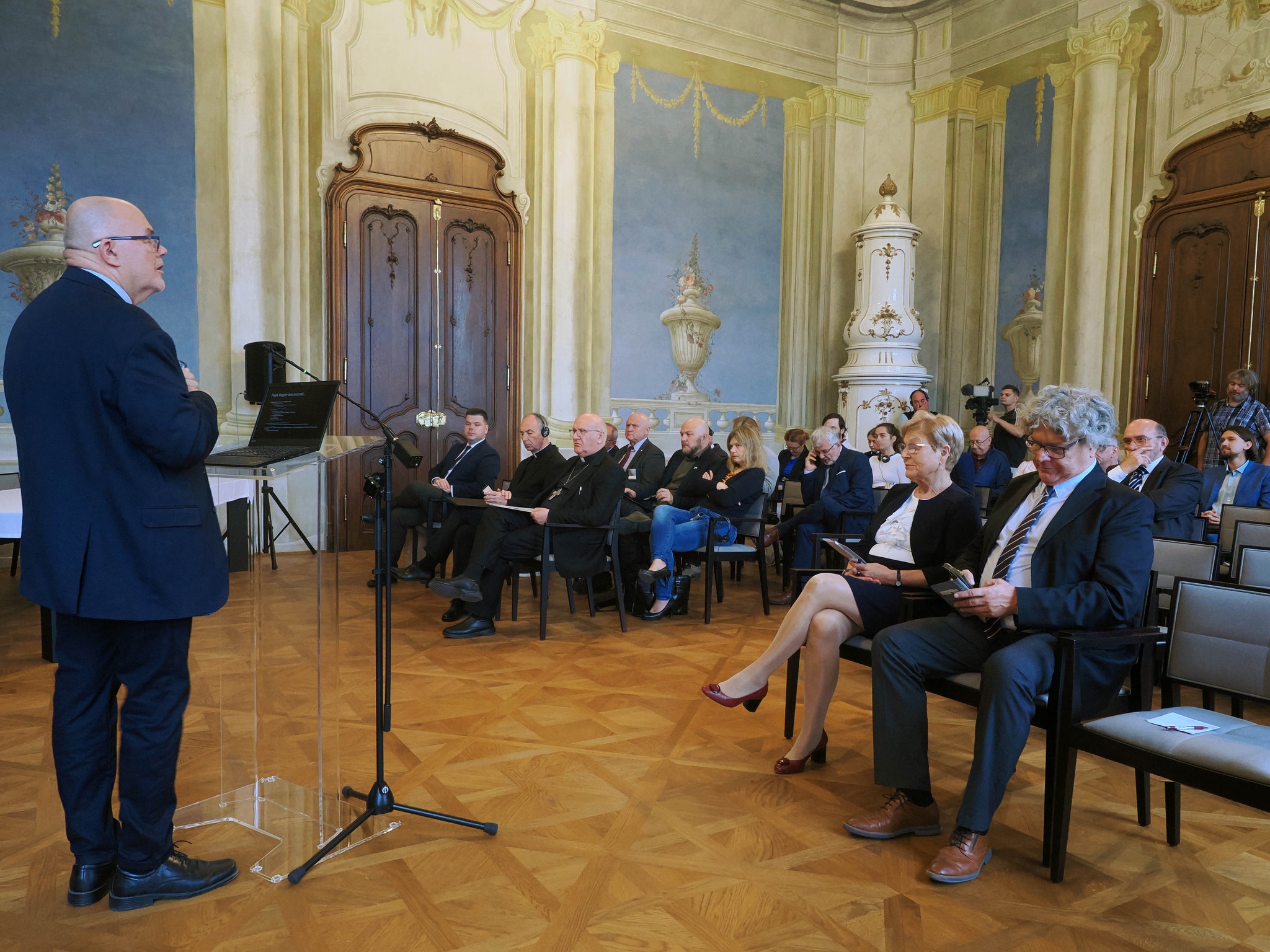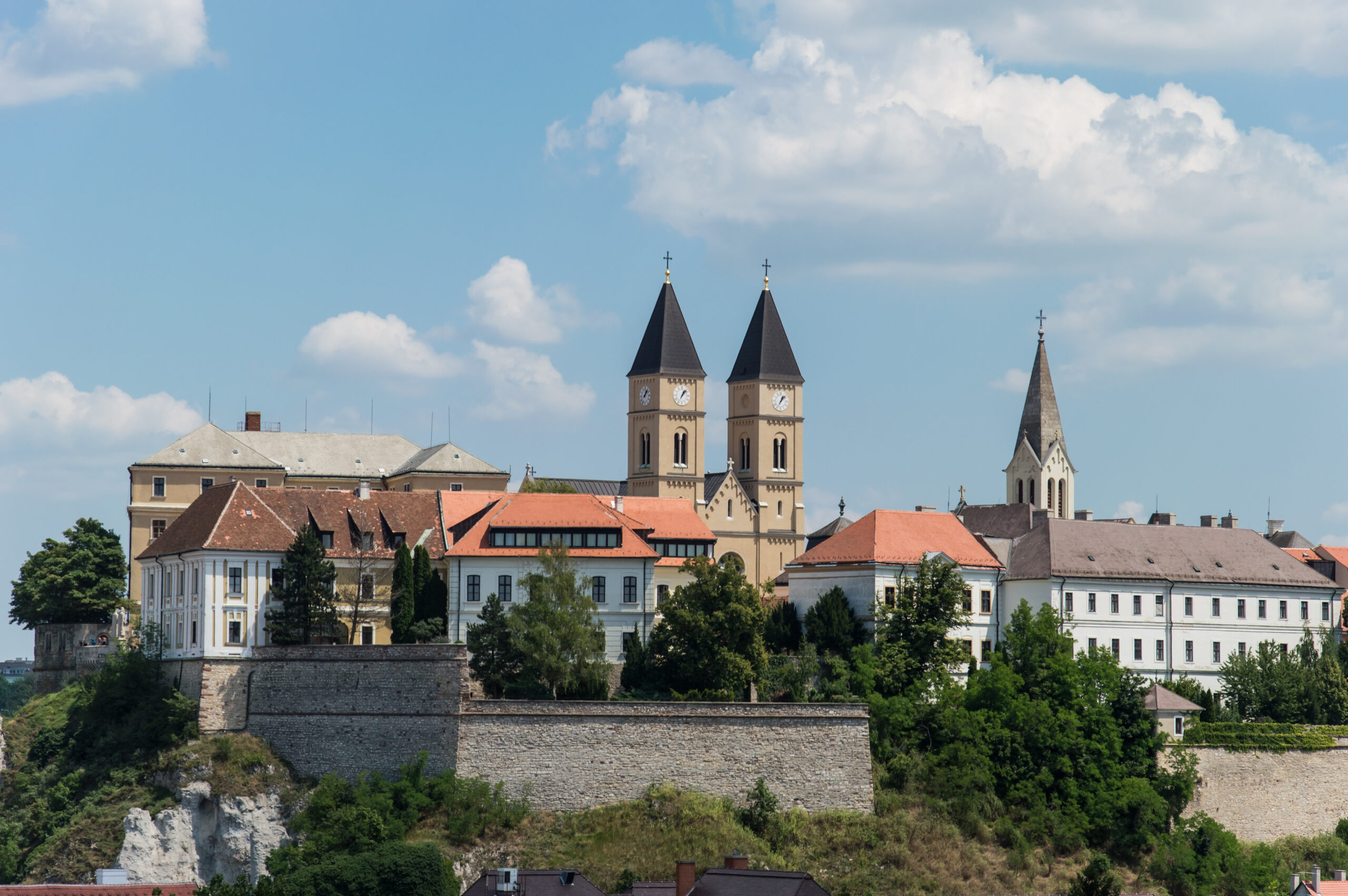Częstochowa – Black Madonna’s icon in Jasna Góra Monastery, Częstochowa
Fact of the Polish figure „St. Adalbert”
Part of the „The patrons and guardians of the land” topic
On the cultural map of Poland, one of the most important places is Czestochowa and the Jasna Gora Monastery located there, founded in the 14th century. In the monastery itself is deposited one of the most valuable Polish national relics – the Picture of Our Lady of Czestochowa, also known as the Black Madonna. It is to its intercession that the defense of the monastery against the Swedish army in 1655 is attributed, which gave rise to public resistance against the invaders. In difficult times for Poland, the nation united around the miraculous image. This was the case at the time of the Bar Confederation, during the partitions or, finally, during the communist dictatorship. It was then that the painting became the subject of a dispute between Cardinal Stefan Wyszynski and Communist Party leader Wladyslaw Gomulka, who ordered the arrest of the painting. Wandering around on the occasion of the millennium of Poland’s baptism, the empty frame was a symbol of resistance against the dictatorship and was one of the factors that allowed the national spirit to survive in those difficult times. To this day, Jasna Góra and the Black Madonna are unequivocally associated with patriotism and supernatural protection of the state and nation.

Further reading:
Noszczak B., We, the Nation. Poland and Poles in the Millennium Programme of Primate Stefan Wyszyński (1956-1966/1967), ,,Studia Theologica Varsaviensia” (2018), V. 56, No 2, p. 51-67.
Witkowska A., The Cult of the Jasna Góra Sanctuary in the Form of Pilgrimages till the Middle of the 17th Century, ,, Acta Poloniae Historica” (1990), V. 61, p. 63-90.





